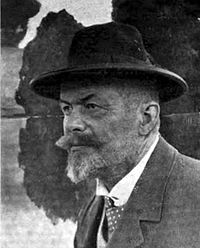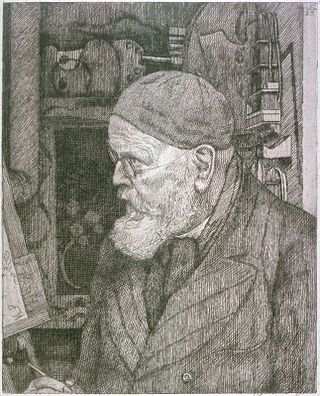
Leopold Karl Walter Graf von Kalckreuth was a German painter, known for portraits and landscapes.

Karl Christian Ludwig Hofer or Carl Hofer was a German expressionist painter. He was director of the Berlin Academy of Fine Arts.

Adolf Richard Hölzel was a German painter. He began as a Realist, but later became an early promoter of various Modern styles, including Abstractionism.

Willi Baumeister was a German painter, scenic designer, art professor, and typographer. His work was part of the art competitions at the 1928 Summer Olympics and the 1932 Summer Olympics.
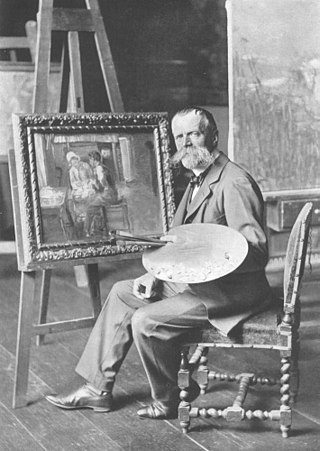
Fritz von Uhde was a German painter of genre and religious subjects. His style lay in-between Realism and Impressionism, he was once known as "Germany's outstanding impressionist" and he became one of the first painters to introduce plein-air painting in his country.

Ludwig von Herterich was a German painter and art teacher. He is best known as a painter of portraits and history paintings and is a representative of the Munich School.

Otto Meyer-Amden was a Swiss painter and graphic artist.
Alfred Heinrich Pellegrini was a Swiss painter, illustrator and printmaker. Along with Heinrich Altherr, Paul Bodmer and Walter Clénin, he was one of the most prolific Swiss muralists of the first half of the twentieth century.

Hjalmar Eilif Emanuel Peterssen was a Norwegian painter. He is most commonly associated with his landscapes and portraits. He gained early recognition for the history painting Christian II signing the Death Warrant of Torben Oxe and established himself as one of Norway's foremost portrait painters, with portraits of, among others, Henrik Ibsen and Edvard Grieg. He also became known for his landscape paintings, and became part of the artist circle known as the Skagen Painters. He also became known for his design in 1905 of Norway's national coat of arms with the Norwegian lion, which was used by the government and the royal house. The design is still used in the royal coat of arms and the royal flag.
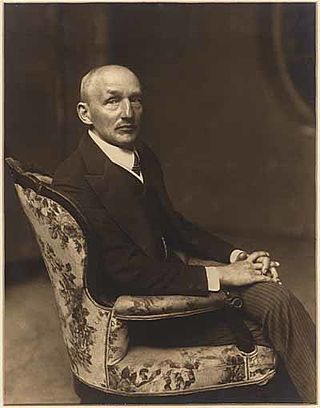
Heinrich Knirr was an Austrian Empire-born German painter, known for his genre scenes and portraits, although he also did landscapes and still-lifes. He is best known for creating the official portrait of Adolf Hitler for 1937 and is the only artist known to have painted Hitler in person.
Karl Caspar was a German painter who lived and worked mainly in Munich.

Robert von Haug was a German impressionist painter, illustrator and lithographer who specialized in scenes from the "Befreiungskriege".
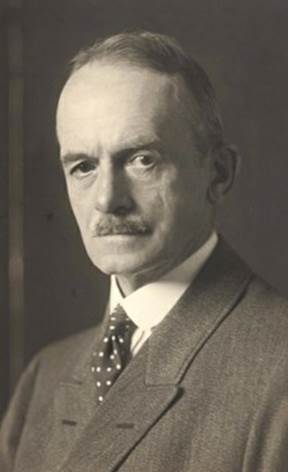
Angelo Jank was a German animal painter, illustrator and member of the Munich Secession.
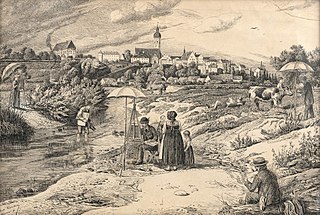
The Dachau Artists' Colony was located in Dachau, Germany, and flourished from around 1890 until 1914.

Arthur Langhammer was a German Impressionist painter and illustrator best known for rural genre paintings.

Gertrud Staats (1859–1938) was a German painter and founder of Vereinigung Schlesischer Kűnstlerinnen. She was known for her landscapes.
Rudi Tröger is a German painter and university professor. From 1967 to 1992 he was a professor for painting art at the Academy of Fine Arts, Munich.

Adolf Erbslöh was a German Expressionist painter; one of the founders of the Neue Künstlervereinigung München.

Robert Weise was a German painter, of landscapes and portraits, and an illustrator. His works were influenced by French Impressionism.

Karl Schmoll von Eisenwerth was an Austrian-born German painter, graphic artist, and glass designer in the Art Nouveau style.
